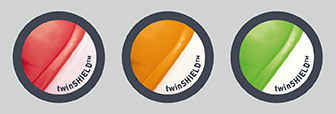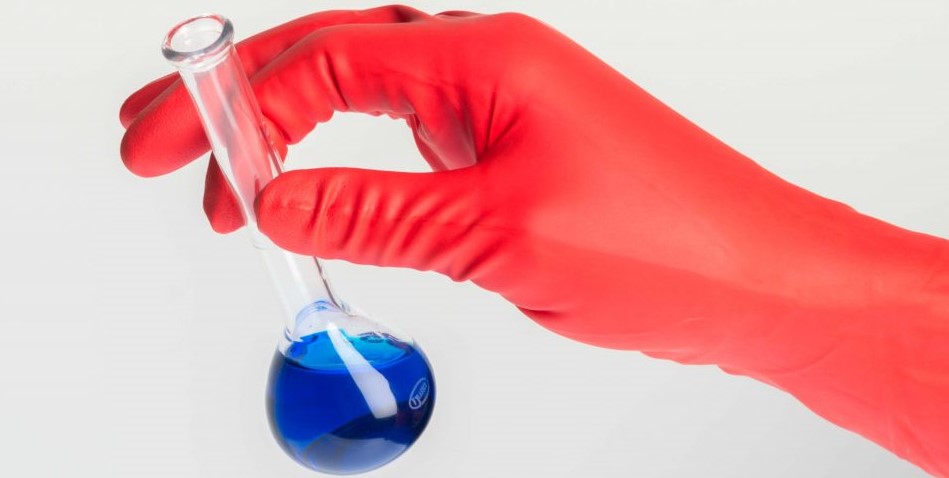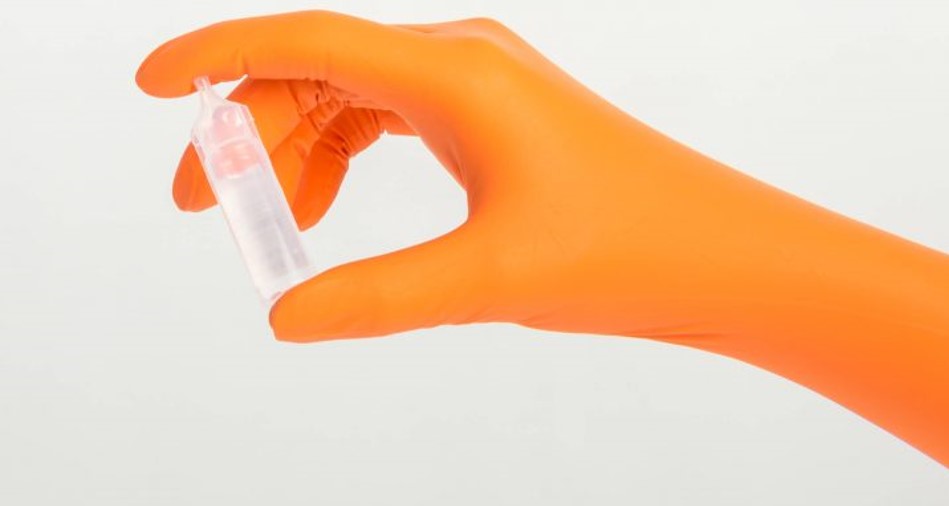
09 Mar Try twinSHIELD™ gloves, get twice the protection!
At Solmeglas we are committed to supporting healthcare and research industries by providing pioneering products to our customers! In the spirit of this, we’d like to call to attention a unique term being used to describe some of our products. The term is twinSHIELD™, and it’s a pretty big deal.

twinSHIELD™ – twice the protection
A twinSHIELD™ glove has two layers. The inner layer is white in colour and extremely comfortable to facilitate donning. The outer layer is brightly coloured and specifically designed to allow for excellent grip, even in wet conditions. These gloves have loads of benefits! twinSHIELD™ gloves are stronger, which allows for better protection of the user. The double-layer itself means that a glove with twinSHIELD™ technology has reduced risk of pinholes, also increasing user protection.
It’s not every day that you see such colourful gloves in the serious places where gloves are needed. These gloves do more than just brighten up your workplace. The colour of the glove acts as a guide; the outer layer of a twinSHIELD™ glove indicates what nature of risk the glove is suited for. Red indicates suitability for chemical risk, orange for biological risk, and green for general risk.

Tried and tested chemical protection
In Europe, the standard method for testing the chemical barrier performance of a glove is EN 16523-1:2015+A1:2018. This is how it works, according to our partners at Shield Scientific:
One layer of the glove is placed between two chambers. The chemical being investigated is placed on one side of the glove, and a receiving fluid on the other. When a permeation rate of 1 1µg/cm²/min is reached, breakthrough is said to have occurred, and the time to breakthrough is recorded in minutes.
When assessing the chemical resistance of a glove, degradation also has to be considered. EN ISO 374-1:2016 considers degradation as any “deleterious change in one or more properties of a protective glove material due to contact with a chemical”.
EN 374-4:2013 can be used to measure a glove’s resistance to degradation. Shield Scientific explain that this test is based on puncture resistance while the glove is continuously exposed to the chemical being investigated.
In this test, the force required to puncture the glove with a stylus is recorded. After one hour of continuous exposure to the chemical in question, degradation is expressed as a percentage change in puncture resistance. This percentage is in relation to a control, a glove sample not exposed to the chemical, and degradation is referred to as Degradation Rate (DR).

Biological risk? No problem!
Resistance to virus is tested according to ISO 16604:2004. One of the parts to standard EN 374 requires that testing follows this test method. Our friends at Sempermed explain the testing process for ISO 16604:2004 is as follows: material sample is placed in a test cell and a solution containing Phi-X174 bacteriophage (a virus) is applied to the glove’s exterior surface. Atmospheric pressure is applied to the exterior surface after the sample has been conditioned. Then the inside of the glove material sample is checked to see if viral penetration occurred.
The barrier properties of a glove to liquid-borne biohazards is determined using the water leak test. During this test, a certain number of gloves from every batch are filled with water to assess the levels of pinholes (entry points for microbiological agents and chemicals). This is measured in terms of Acceptable Quality Level (AQL), with a lower AQL offering greater protection to the wearer.
Sempermed explain that medical gloves, according to EN 455, must have an AQL of <1.5 among other criteria. Some of our gloves have an AQL of 0.65 taking user protection a step further!


Sorry, the comment form is closed at this time.